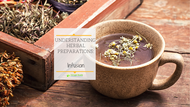Understanding Herbal Preparations- Infusion
Posted by TriLight Health on Apr 30th 2019
Virtually everyone is familiar with herbal tea. Millions of us drink it daily and herbal tea shops are popping up everywhere. For most Americans, herbal tea is a tea bag filled with cut herbs. Traditionally those herbs look somewhat like powder and it’s often difficult to identify exactly what herbs are in the tea bags. The appearance of the herbs within the tea bags may not be what you’d expect. People often assume the herbs are cut in such a way because it helps with brewing- this is only partially true.
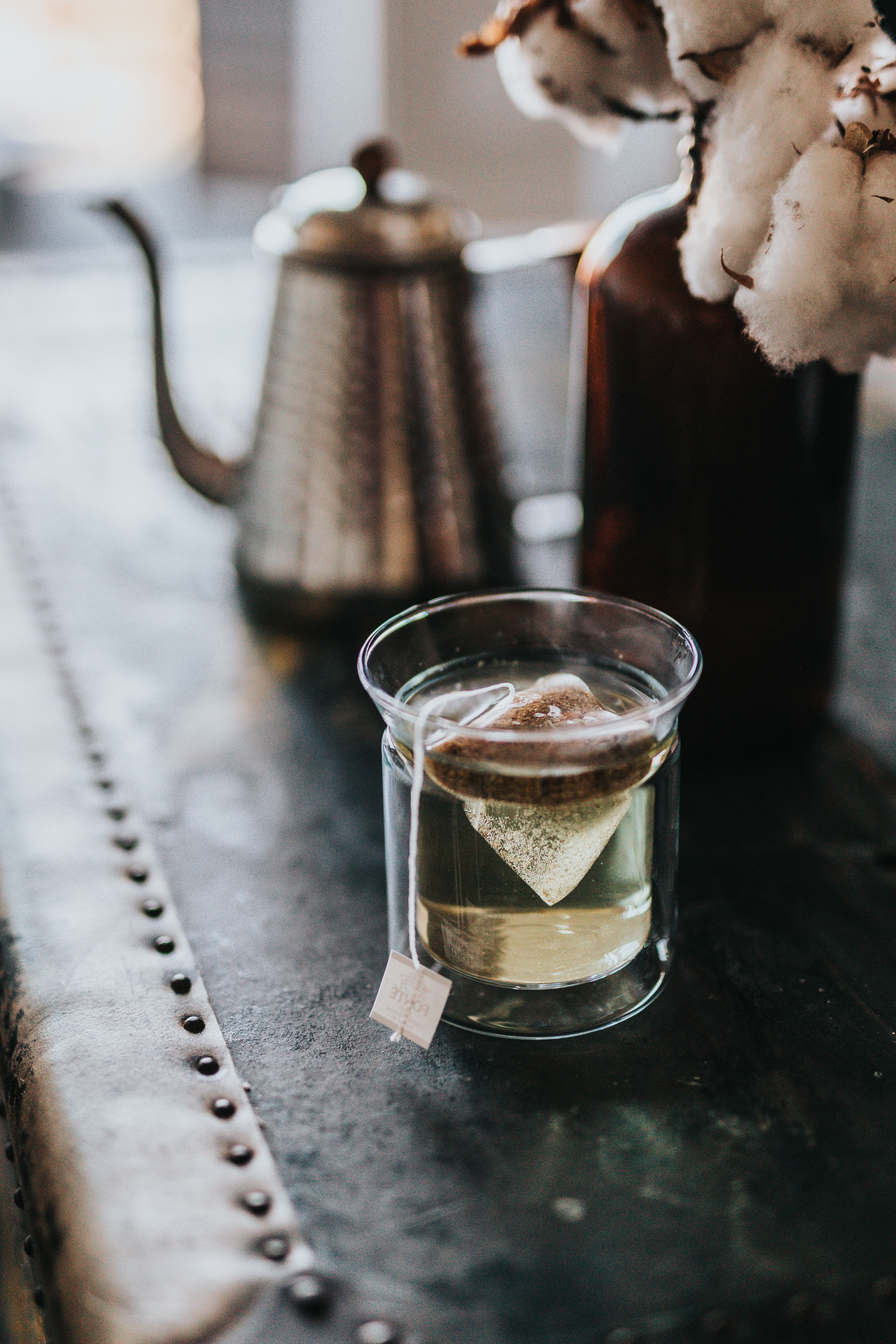 Herbs in a bag of tea are often second or third quality herbs. This does not mean they are “low-quality” in all cases (although in many cases it may.) What it means is the herbs have been cut and processed at least once and sometimes twice before getting to your tea bag. The powdery looking herbs in the bags are scraps of herbs that could not be used for other purposes.
Herbs in a bag of tea are often second or third quality herbs. This does not mean they are “low-quality” in all cases (although in many cases it may.) What it means is the herbs have been cut and processed at least once and sometimes twice before getting to your tea bag. The powdery looking herbs in the bags are scraps of herbs that could not be used for other purposes.
An herbal infusion is another way to drink herbs. It takes a bit more work to prepare but the quality, flavor, and benefits far outweigh the work. Ultimately, it’s no more work than preparing french press coffee.
What is an Herbal Infusion?
Herbal infusions are traditionally herbs steeped in water. An infusion can be made with hot water or cold water. The main difference between an infusion and tea is the length of time the herbs are steeped. Herbal tea is steeped for about 5-10 minutes. Infusions will be steeped up to overnight. The benefits of a longer steeping time include- greater vitamin and mineral content, improved taste, and improved bioavailability.
Another big difference between an herbal infusion and herbal tea is the cut and quality of herbs used. Infusions will be made with “whole” herbs. Whole means the herbs have not been cut anymore than necessarily. (Don’t worry, you’re not going to be brewing an entire plant or flower with whole herbs.) Using whole herbs ensures maximum benefit from the herb and makes a richer tasting beverage. This is also known as “loose leaf” tea.
The herbs are most often used dried but can be used fresh as well. Most infusions are made from delicate herb material such as leaves, flowers, soft stems, and any other soft materials. If harder materials such as roots, seeds, berries, nuts, etc. are used- it’s typically brewed as a decoction. However, an infusion can still work if your tea blend contains some hard materials.
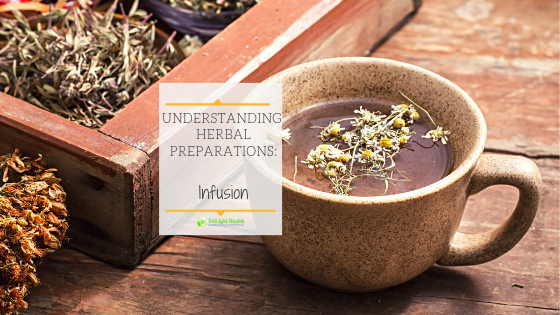
How to make an Herbal Infusion
Preparing an herbal infusion is quite easy. You’ll find different methods for preparation online an in herbalism materials. The methods vary depending on if you are using the infusion as a tonic (for long-term use), or more as a medicinal brew (for an acute illness, when exact “dosing” is needed, or short-term use). An infusion with hot (boiling or just below boiling) water is generally used for most infusions. However, cold water is typically used if mucilaginous herbs such as marshmallow or slippery elm are used. Herbalists seem split over water temperature with herbs with high volatile oils such as peppermint- some say cold is best, others say hot is best. Ultimately, the choice is yours.
The instructions below are for a basic hot infusion using dried herbs. Infusion method changes when fresh herbs are used.
First, select the herbs you want to use. You may use a pre-made loose leaf or purchase your own herbs and make a custom blend. Blending herbal teas is relaxing, educational, and fun- give it a try. Whole herbs/ loose leaf teas can be purchased from many health food stores, local herbal apothecaries, or online. If your health food store has bulk bins, check there for herbs and teas- they’re usually much less expensive.
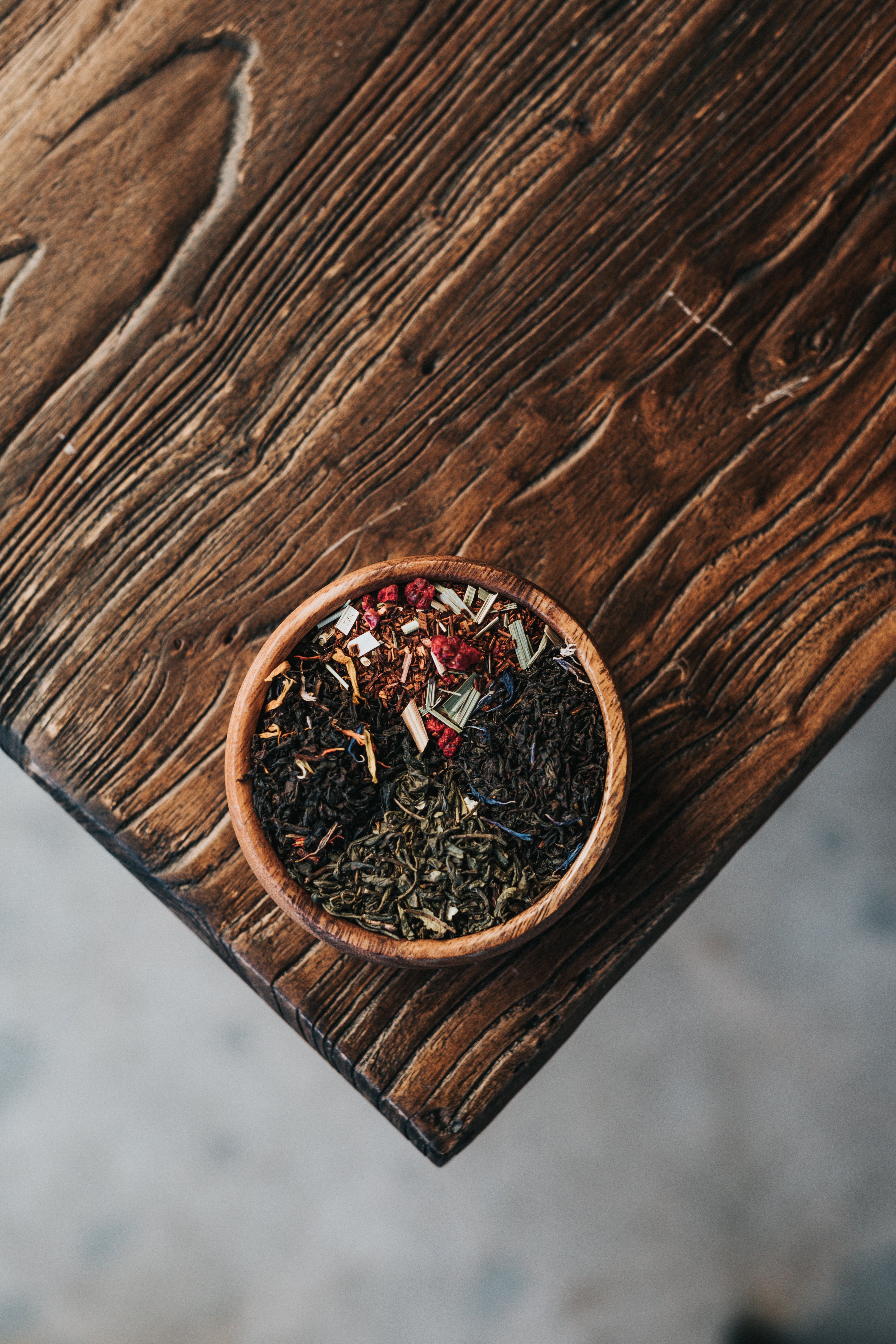
Next, place 1oz (by weight) into a quart jar or glass measuring cup. (A french press works great for this as well)
Note- if you cannot weigh out your tea, you can measure it- herbalists usually suggest 1-2T dried herbs to 1C water.
Then, fill your jar with boiling water and cover brewing container. Steep- traditionally infusions are steeped 4-10 hours.
Note- try steeping overnight to enjoy your beverage in the morning.
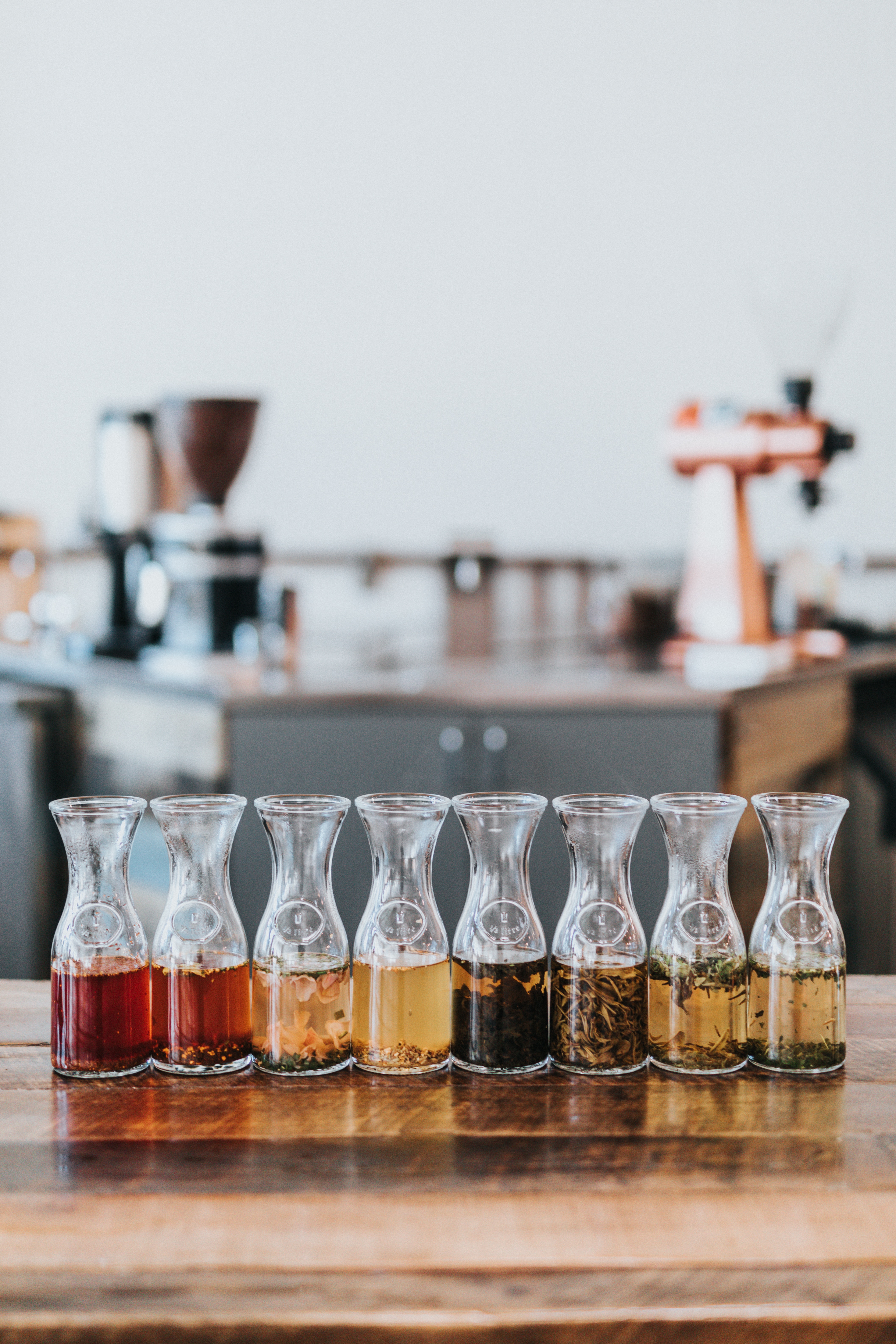
Last, strain and enjoy.
Note- You can brew more hot water to mix with your infusion if you prefer a hot drink.
Make sure any leftover tea goes in the fridge within 24 hours and is discarded after 36 hours.
How is an Infusion Used?
An herbal infusion can be used as a drink or in several other ways such as:
- Freezing into ice cubes
- Popsicles
- Mixed in with broth
- Homemade gummies
- Herbal syrup
- Homemade herbal multivitamin drink (sipped throughout the day instead of consuming in one sitting)
- As an extra boost during times of illness
- Immune strengthening/ support

